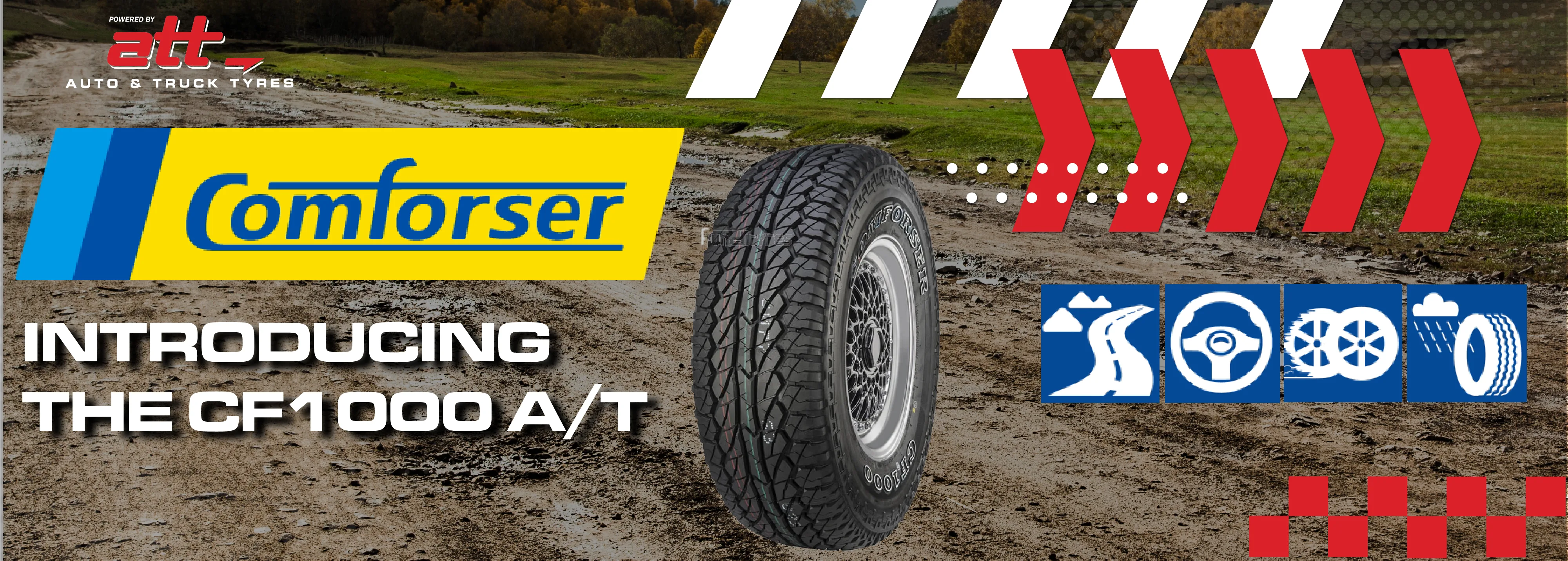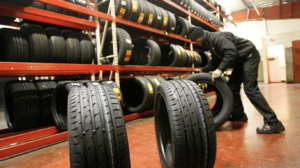







DIVISIONAL OVERVIEW
what we offer

Wholesale

End User/Fleet

Mining
Company Overview
Leaders
The executive team

Rob Beaumont
CEO

Mike Tolliss
Managing Director

Marius Erasmus
Director - Chief technology officer (CTO)

Steven Bradford
Director - Chief
Technical Sales Officer (CTSO)

Angeline Kasipersadh
Director - International Trade
News
Latest Articles

SOUTH AFRICA IMPOSES 5-YEAR ANTI-DUMPING DUTIES ON CHINESE TYRES TO SHIELD LOCAL INDUSTRY
Anti-dumping duties on imported Chinese tyres have been imposed on the South African tyre industry for the next five years. Following an investigation by the International Trade Administration Commission (Itac), Ebrahim Patel, Minister of Trade, Industry, and Competition, announced that new pneumatic tyres for cars, buses, and lorries imported from China will face anti-dumping duties ranging from 7.18% to 43.6%. The South African Tyres Manufacturers Conference (SATMC), which represents companies such as Bridgestone, Continental, Goodyear, and Sumitomo, filed the anti-dumping measure application. These companies are in charge of tyre production in the Southern African Customs Union (Sacu). The dumping of Chinese tyres, according to SATMC, causes material harm in terms of price undercutting, declining sales volumes, market share, employment, output, and productivity. Itac introduced provisional duties of 38.33% based on prima facie evidence of dumping after the application was submitted on November 24, 2021. These temporary duties were in e ffect until March 8 of this year. However, Itac discovered some flaws in the initial application, and the full investigation began at the end of January after SATMC updated its information. The Tyre Importers Association of South Africa (Tiasa) objected to the imposition of provisional duties and the investigation, claiming that it would lead to an increase in tyre prices for passenger vehicles, buses, and lorries. Tiasa also claimed that these duties would have a negative impact on taxi commuters, who were already burdened by rapidly rising living costs. They emphasised that import duties of 25% to 30% had already been imposed on imported tyres, and that additional duties could raise prices by 17% to 40%. The additional duty will inevitably be passed on to the end consumer, according to Tonderai Chibasa, tariff and trade remedies manager at XA Global Trade Advisors, because the local industry relies on imports for certain types of tyres. Furthermore, Chibasa speculates that imports may shift to non-affected countries such as the European Union or Thailand, where some Chinese manufacturers also have plants. According to Itac’s investigation, from 1 August 2020 to 31 July 2021, dumped Chinese tyres with various rim sizes for cars, buses, and lorries accounted for between 36% and 81% of total imports. SATMC sought anti-dumping duties ranging from 7% to 69%, but the final duty imposed is 43.6%. In South Africa, a product is considered “dumped” if its landed cost is less than the price it is sold for in China. SATMC was pleased with the final decision to impose anti-dumping duties, which will be in effect until July 2028. They welcome the opportunity to keep the domestic tyre manufacturing sector competitive, ensuring a level playing field and preserving local job opportunities. Finally, with the imposition of anti-dumping duties for the next five years, the South African tyre industry has gained protection against Chinese tyre dumping. While this move is intended to help local manufacturers and protect the industry, there are concerns about potential price increases for consumers and import shifts to other countries. The implementation of these duties will be critical in ensuring that the South African tyre industry remains sustainable and competitive. Article source: Business tech Africa

Concrete proof of role for ELT rubber in buildings
UniSA team finds that tire recyclate offers safe, green alternative to conventional building materials Adelaide, Australia – Researchers claim to have demonstrated the effectiveness of incorporating rubber recyclate from end-of-life tires (ELTs) into concrete used for residential constructions. Trials carried out at the University of South Australia (UniSA) are said to have shown that ELT rubber is an economically viable and safe alternative for residential construction . According to the Australian university, the research is the first to practically demonstrate and construct the new crumb rubber concrete mix in the field. The team investigated the use of various crumb rubber/concrete mixes in residential constructions, assessing its constructability, bond strength, durability, and flexural strength. “We found that reinforced crumb rubber concrete, with up to 20% sand replacement by volume, is superior to conventional concrete in some ways,” reported co-researcher Dr Osama Youssf. Property enhancements, he said, included higher impact resistance, toughness and ductility, a higher damping ratio, better thermal and acoustic insulation, and a lighter weight. “With respect to pumping, screeding, or finishing the concrete surface using a power trowel, contractors also found no difference between using the crumb rubber concrete and conventional concrete,” said Youssf. “Additionally, the ready-mix cement companies reported no concerns relating to concrete batching, delivery or mixing, and said that the wash out of the concrete truck mixer was far easier,” he added. The UniSA team believe their research could open the door to an important new market for recyclate from the 1.5 billion vehicle tires which are discarded each year. “By recycling ELTs in concrete, valuable natural resources can be conserved, and the current tire landfill problem can be partially resolved,” it stated.

Teijin floats ‘sea-island’ nanofibre reinforcement for tires, rubber goods
Advanced fibre structure said to offer significant processing and performance advantages Tokyo – Teijin Group has developed an “eco-friendly” staple polyester nanofibre for reinforcing tires, hoses, belts and other rubber products, the Japanese group announced 11 April. Converting company Teijin Frontier will start producing the fibre in 2023 and expects sales to reach JPY1 billion (around $8.2 million) by the fiscal year ending in March 2028. Teijin Frontier aims to “expand the types of polymers that can be used for the new staple nanofibres and continue to develop [applications for] them,” said Teijin. The new staple nanofibre, it noted, incorporates both polyester nanofiber and polyethylene polymers, within Teijin Frontier’s proprietary ‘sea-island’ composite cross-section. According to the Tokyo-based group, different polymers can be used for the ‘sea’ and ‘island’ parts of the structure to optimise rubber reinforcement. Reinforcing polyester nanofibre, of diameter 400nm or 700nm, is used as the ‘island’, while the surrounding ‘sea’ part is made with polyethylene, which mixes readily with rubber. Mixing takes place at the molecular level, which enables thousands of times more nanofibres to be evenly dispersed in the rubber than is possible with conventional fibres, said Teijin. The length of the new staple nanofiber is just 1mm or less, but the aspect ratio is high thanks to the small diameter, which contributes to reinforcement, the group added. Furthermore, the fibre’s short length prevents entanglement and twisting, and additionally helps to disperse the fibres and rubber evenly, continued Teijin. The fibre forms continuous surfaces, rather than dispersed clumps, that effectively absorb deformation stresses, resulting in more durable products. When used in tires, the nanofibre is said to increase elasticity and reduce rolling resistance, thereby improving fuel efficiency and reducing noise. Teijin further claimed that the product can improve the elastic modulus and durability of automotive hoses and belts, which has been difficult to achieve until now. Conventionally, fibre strength and length is adjust to enable the rubber reinforcement to withstand repeated deformation and abrasion. Increased length, however, leads to entanglement and twisting when the fibre is kneaded into the rubber, which reduces strength due to less efficient fibre dispersal. Teijin claims such problems are avoided with its newly developed staple nanofibre.













